Popular on Food52
78 Comments
Kevin S.
October 30, 2019
I just finished watching this video and enjoyed it so much. I have made ricotta cheese and that seems quite simple compared to the mozzarella but I'm definitely motivated to go ahead and make the mozzarella. I just got back from a couple of weeks in Italy and this makes me appreciate that I can at least bring back the passion for food and wine if I cannot bring back the actual food and wine itself. I can take the best of what my local area has to offer and create something beautiful. I also really enjoyed watching the two of you work together and I see now that this is a few years old and I hope that your love is still as strong. Thank you!
Annerieke W.
March 29, 2015
We made this rather successfully, but the cheese is a bit plastic-y, not soft like mozzarella should be. I used raw sheep milk and it very quickly formed a 'block' of curd. The final product is definitely cheese, and probably will taste great molten but not so much to eat like this. Could it be we pressed too much whey out?
Annerieke W.
April 13, 2015
update, the cheese went 'see through' rather quickly and didn't taste like mozarella at all... the milk had a really high fat content so that couldn't have been it, any ideas?
anna K.
May 19, 2014
My curds are the texture of set yogurt - too soft to attempt to strain. Any way I can save this batch?
Thanks! Anna
Thanks! Anna
Nina P.
August 4, 2012
Thank you so much for the mozzarella recipe...worked first time but with a little help from the microwave....Still I'm happy...
zenith5
May 31, 2012
I have made Mozzarella only once. While my mother thought it was great, my father thought it was a little milky tasting. Is there a specific known cause for this and a way to prevent it?
AntoniaJames
April 22, 2012
I posted this on the mozza party update thread, so forgive the duplication for those of you who've already seen it. This is just a quick report/advisory for people who have yet to begin your mozza making. The editors are absolutely right about making the liquid that you use for stretching as hot as possible. It makes such a difference. We made three different batches. The last one, with really hot whey -- we used that instead of water, on hardlikearmour's suggestion -- turned out best, at least with respect to how easy it was to stretch the cheese. This may sound crazy, but I spent three hours yesterday making cheese -- getting whey everywhere, and I mean, everywhere -- and I want to make some more today!! ;o)
crumbsoflove
April 20, 2012
I am totally trying this at home tomorrow!!! I have tried before with horrible luck but I am always willing to give it another go. Wish me luck...
Devangi R.
April 18, 2012
Kristen, this tutorial is really helpful and simple to understand. Thanks!
Kristen M.
April 18, 2012
I agree! This was actually all Kristy Mucci's work (our Associate Editor) from the research and testing to photo styling to writing -- we're all in awe of how beautifully it all came out.
tuscanfoodie
April 16, 2012
I tried to make mozzarella following your method and the method in the Idiot's guide to cheese making. I didn't manage to obtain workable curds with your method, alas. Each time I tried to soak them in warm water, they melted completely all away. The alternative method of using the microwave did work, but the results were subpar. I talked about my problems here, if you are interested: http://www.tuscanfoodie.com/2012/04/mozzarella-making-1-of-visions-idiots.html
hardlikearmour
April 16, 2012
I'm saddened by your lack of success. I implore you try again. I've successfully made mozzarella using the instructions from urbancheesecraft. They are similar to the food52 instructions, but not exactly the same. The water bath method does produce a superior result IMO - though I used the whey rather than water. I also added the salt with the kneading rather than in the water, which may make a difference. I found that thin black neoprene gloves did a great job of insulating my hands from the hot curd for stretching. If you try again, please report back! Mozzarella instructions (quite detailed, and includes a link to a photo album of the process): http://urbancheesecraft.wordpress.com/2010/10/15/simple-mozzarella/
tuscanfoodie
April 16, 2012
Thanks! I plan on trying again before the potluck party takes place. I will let you know!
Devangi R.
April 18, 2012
I found a site from where I ordered my Mozzarella Making kit really useful, it is the from the cheesemaking.com and in a video on youtube by cgicitizen , similar method of making mozzarella which is similar to some extent to Kristen but not exactly same. But, your mozzarella on left looks good.
AntoniaJames
April 15, 2012
Kristen, why do you prefer the tablets? Did you try with the liquid? Just wondering what the difference is, if any. Thanks so much. ;o)
MrsStorm918
April 4, 2012
Hey there, great tutorial! I just wanted to add that Lipase powder adds a lot of flavor to mozzarella cheese. My husband and I made a batch (different version) a few weeks ago and got to add the lipase to it. OMGosh it was delicious! We noticed that it was even better after it set for about 5 days, the flavor was amazing!! Definitely not something you can buy at the grocery store.
Patty H.
April 3, 2012
Thank you for this very clear tutorial. We made cheese for my son's 2nd grade science fair (Understanding Chemical Reactions). We looked everywhere on line and could not find anything as clear and easy to follow as your instructions here. Thank you!
carol99
April 2, 2012
Can I use Junket instead of rennet tablets?
Kristy M.
April 3, 2012
I haven't tried that. Since Junket is specified as being for custard and ice cream, I'd play it safe and order the rennet tablets. The kit only comes with 1 tablet, so maybe that is a good place to start.
hardlikearmour
April 3, 2012
There is a recipe for mozzarella using Junket rennet in the book Artisan Cheese Making at Home.
http://www.artisancheesemakingathome.com/
http://www.artisancheesemakingathome.com/
phoebe's P.
April 22, 2012
i think junket is the brand name of the rennet tablet manufacturer. I bought the junket brand and in the box with the rennet tablets was a recipe book which included all types of cheese (mozz included), ice cream and custard
phoebe's P.
April 22, 2012
i think junket is the brand name of the rennet tablet manufacturer. I bought the junket brand and in the box with the rennet tablets was a recipe book which included all types of cheese (mozz included), ice cream and custard
phoebe's P.
April 22, 2012
i think junket is the brand name of the rennet tablet manufacturer. I bought the junket brand and in the box with the rennet tablets was a recipe book which included all types of cheese (mozz included), ice cream and custard
phoebe's P.
April 22, 2012
i think junket is the brand name of the rennet tablet manufacturer. I bought the junket brand and in the box with the rennet tablets was a recipe book which included all types of cheese (mozz included), ice cream and custard
Vitor H.
April 2, 2012
Ok. I'm dying really bad. I need test it right now. The cheese ball seems to be so luxury, hahahah
pourhouse
April 2, 2012
Instead of forming into balls, you can tie the kneaded string into little knots. To marinate, toss with olive oil, very finely chopped parsley, very finely minced basil, and crushed red pepper. Delicious! Any ideas on how to make burrata with the fresh curds?
Nicole E.
April 2, 2012
Burrata uses all the same steps but during the stretch process you mix half the mixture with heavy cream and salt then stretch the other half to wrap it around your creamy mixture. The technique takes practice but it's worth it! For the record, FARMcurious sells cheesemaking kits and teaches in-depth cheese classes in the SF area: http://www.farmcurious.com/shop/cultures/
Renée (.
April 1, 2012
I just had a Twitter conversation about this, today! As soon as I can lay my hands on the vegetarian rennet (I already have citric acid) and hit the Whole Foods for the non-homogenized milk, I'm in!
Anna H.
March 29, 2012
Does anyone know where to get rennet and citric acid in New York?
ChompingTheBigApple
April 1, 2012
I have seen Rikki the Cheesemaking Queen's mozzarella and ricotta making kit at Murray's as well as a few other places (Brooklyn Victory Garden). I have it and it comes with the thermometer, cheesecloth and a little recipe booklet as well (with things to do with the leftover whey for instance).
lackerman
April 1, 2012
I just made ricotta cheese this week and was asking myself the same question as I had one qt of whey in my frig. I ended up finding a whole list of food items you can sub it for.
Today I am using it in place of the water in a bread recipe.
Today I am using it in place of the water in a bread recipe.
Renée (.
April 2, 2012
Absolutely! When I make Indian paneer cheese, I always use the whey to bake bread instead of water or milk. It's a great protein addition.
La C.
April 3, 2012
Feed left over whey to the pigs. No, seriously, this is what my local cheese maker does. Eventually, the pigs are turned into saucisse (salami).
Nicole E.
April 3, 2012
There are lots of places to use your leftover whey (whether it's salted or not changes the use):
Salted:
Use instead of water to cover your meat/veggies when making a homemade stock.
Unsalted:
Use in smoothies
Use in place of water or milk in a bread recipe
Spray on plants that are subject to powdery mildew (the acidity discourages the mildew)
Pour on soil under acid-loving plants (be sure to strain out any mozz chunks)
Many more things to do too! I post lots of ideas on farmcurious.com. Happy cheese making!
Salted:
Use instead of water to cover your meat/veggies when making a homemade stock.
Unsalted:
Use in smoothies
Use in place of water or milk in a bread recipe
Spray on plants that are subject to powdery mildew (the acidity discourages the mildew)
Pour on soil under acid-loving plants (be sure to strain out any mozz chunks)
Many more things to do too! I post lots of ideas on farmcurious.com. Happy cheese making!
Nicole E.
January 9, 2013
Here is the full list of ideas for using up your whey: http://www.farmcurious.com/cheesemaking-what-to-do-with-all-that-whey/
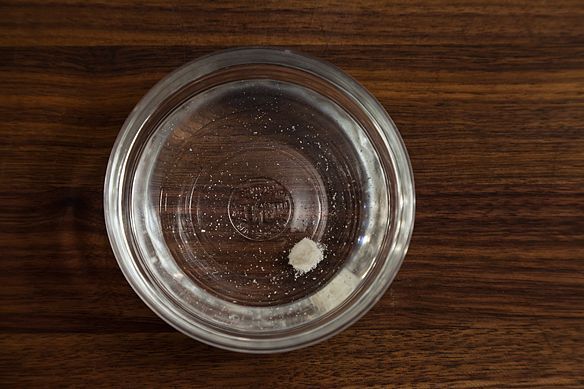

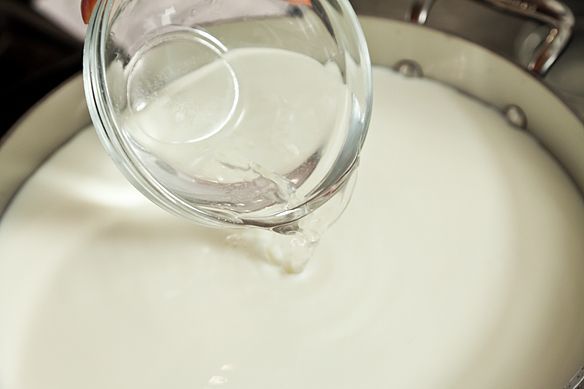
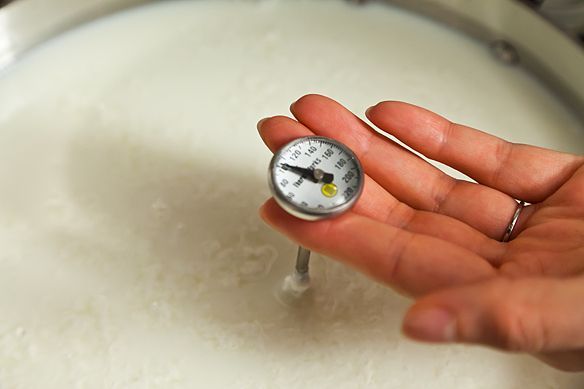
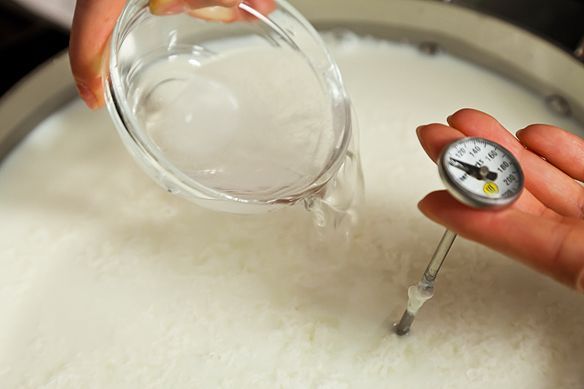
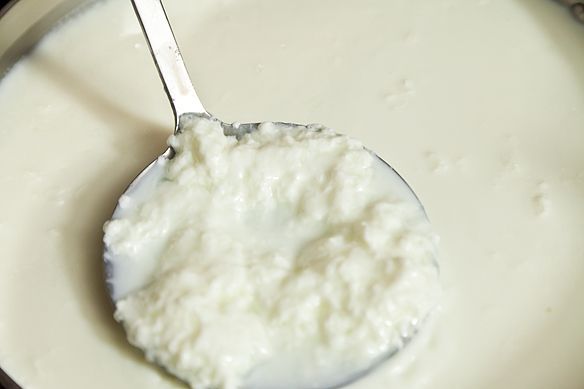
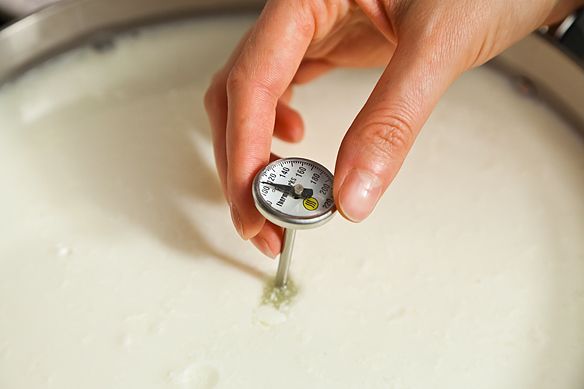
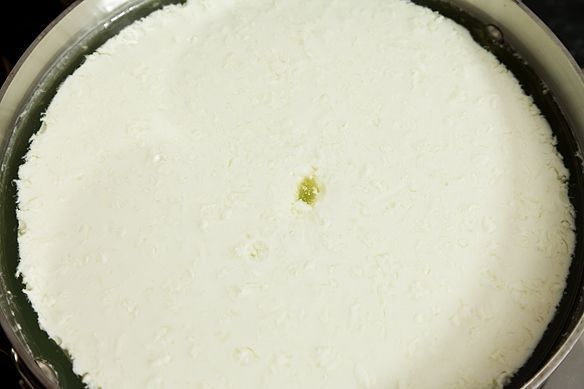
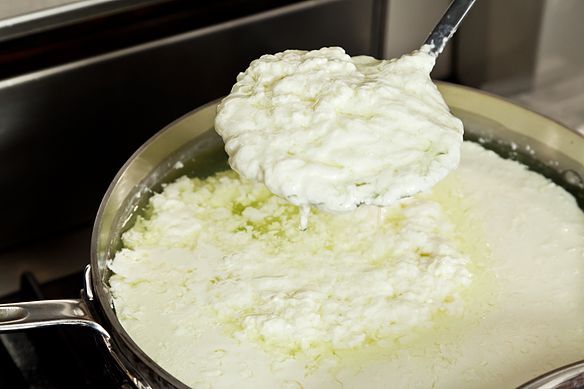

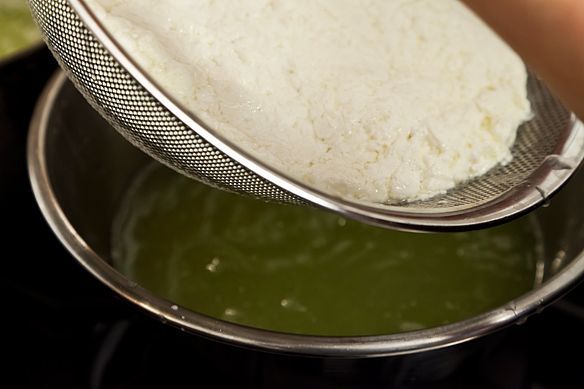
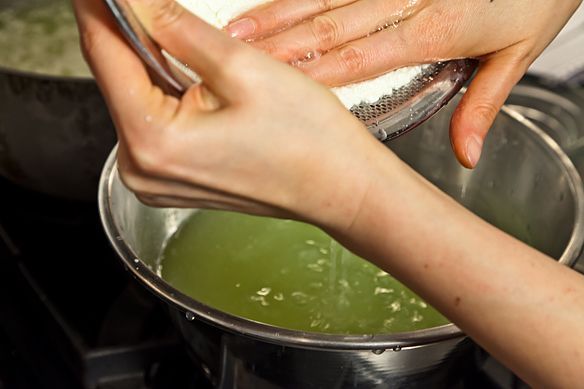
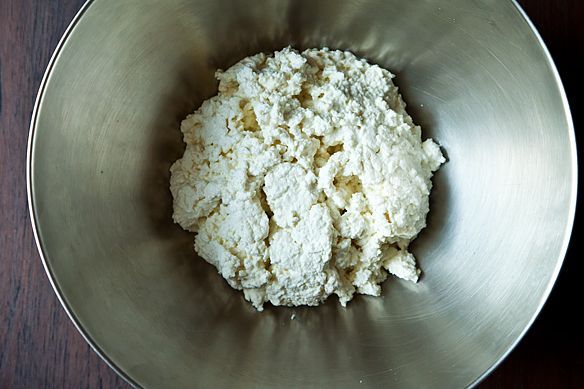
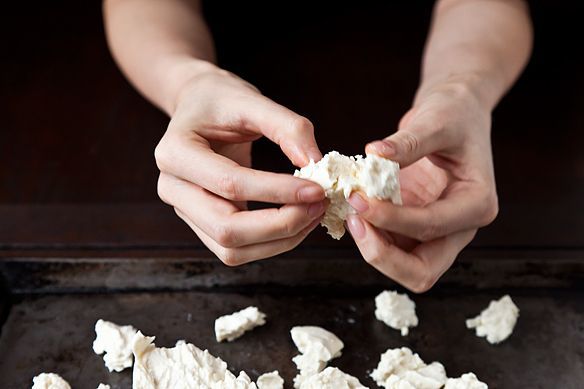
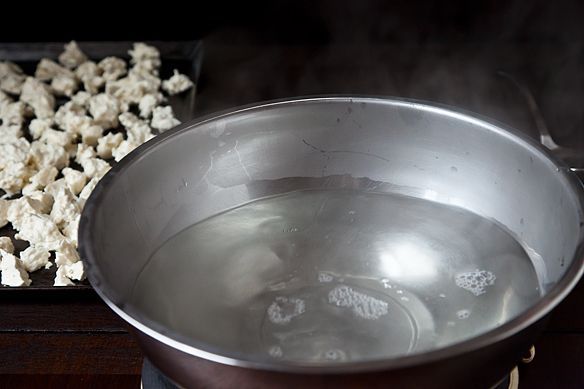

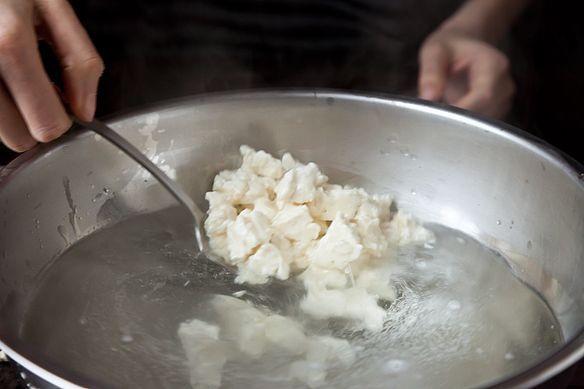

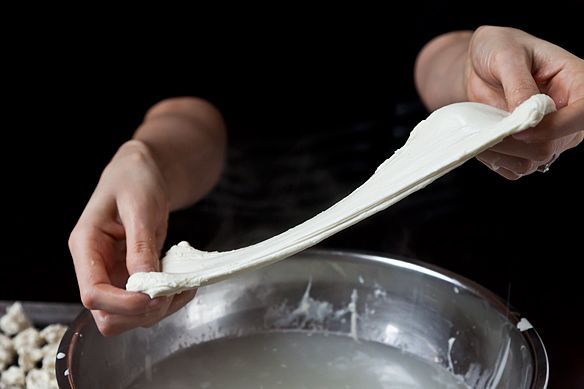
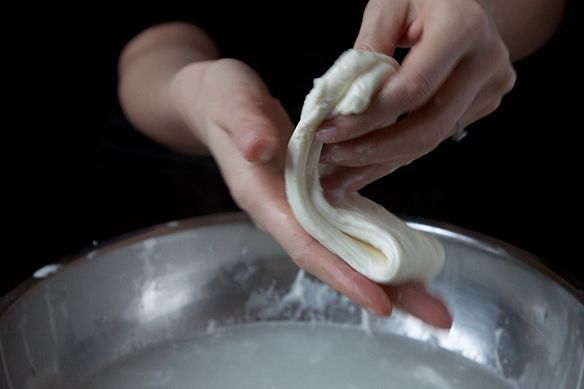
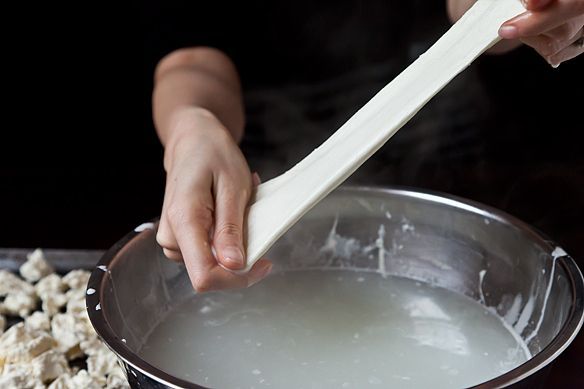
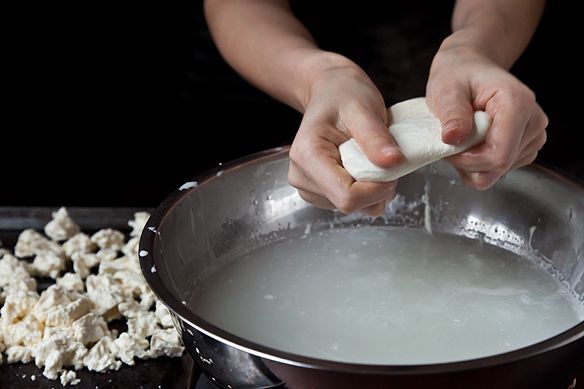
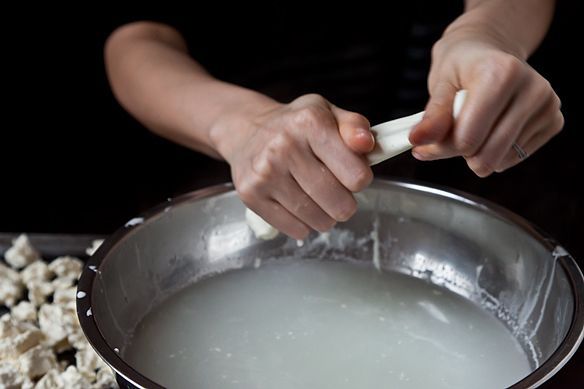
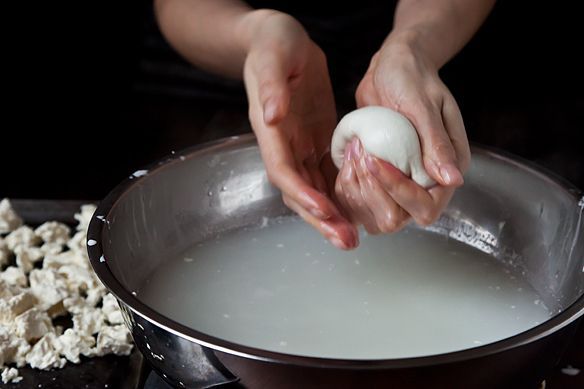
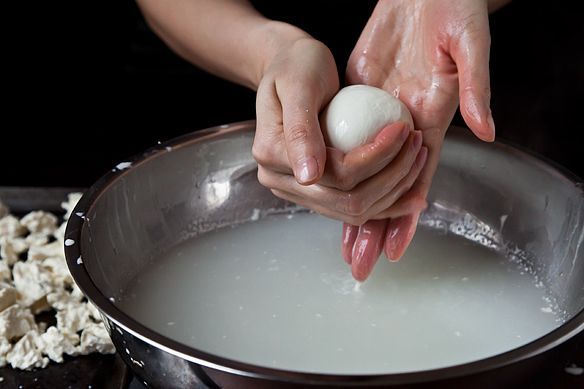
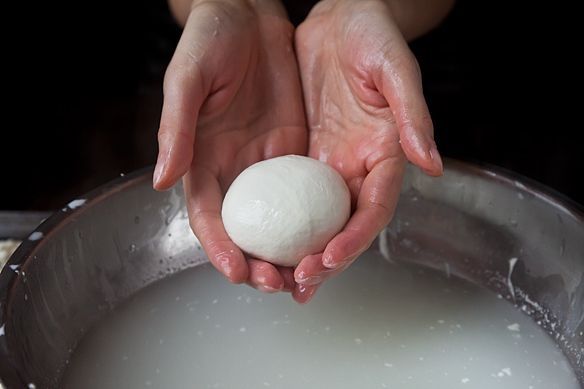
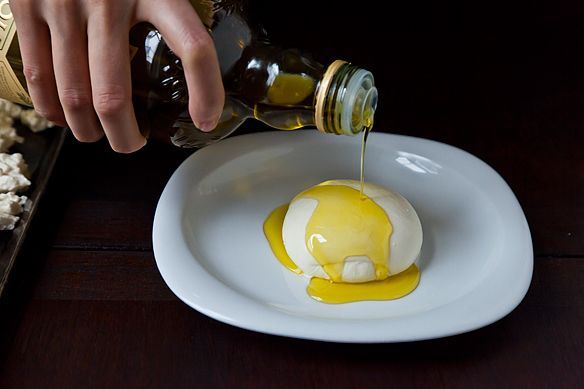
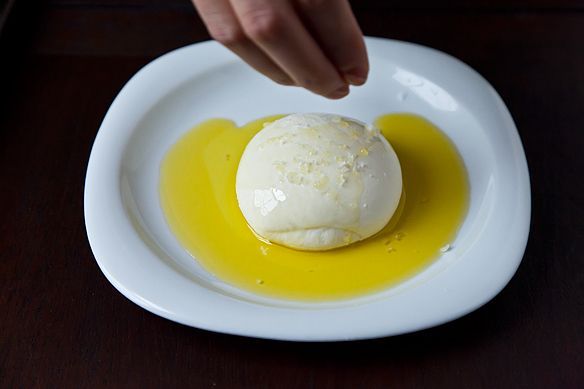
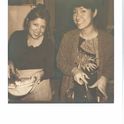
See what other Food52 readers are saying.